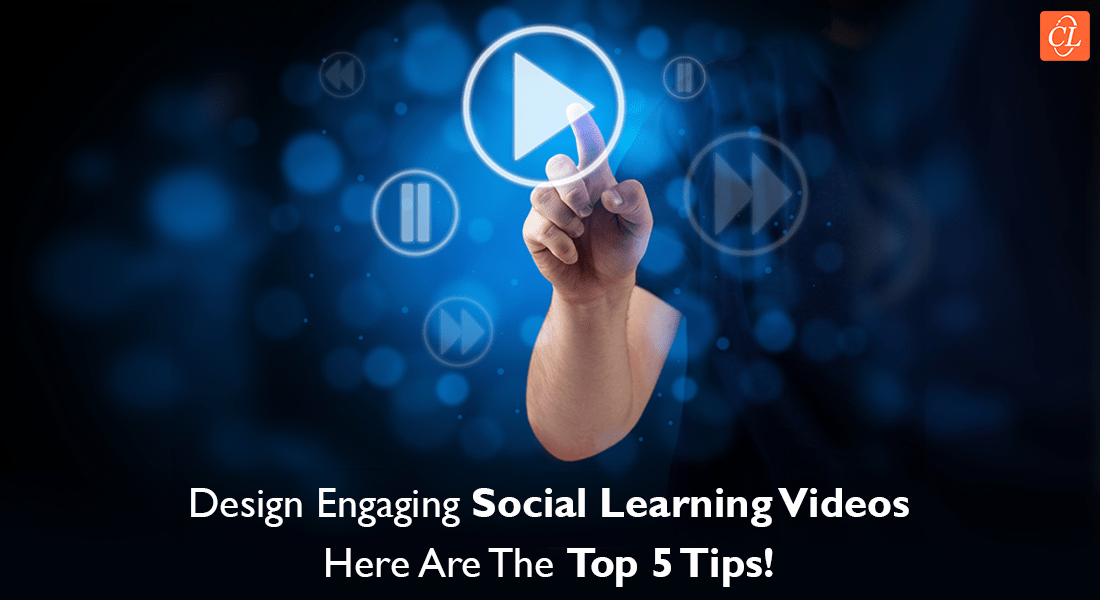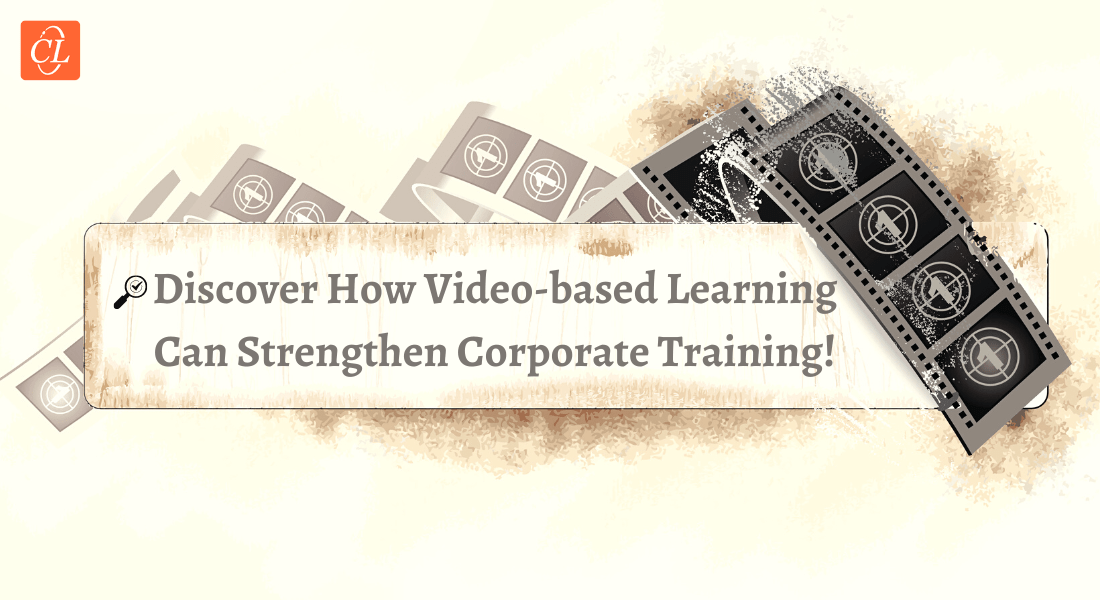5 Tips to Design Social Learning Videos: The Most Preferred Training Approach in 2022

Our social media channels are full of videos telling us how to live and where to shop, just to touch the tip of the proverbial social media iceberg. What’s your preferred mode of social media? Is it WhatsApp or Facebook? Is it YouTube or Vimeo? Let’s face it. We learn through our social media feed on our mobile devices every day and for a variety of reasons. Well, social learning theory tells us that we learn by observation and imitation of people around us.
Video-based Learning: A Definition
Videos are also one of the top trends in L&D (learning and development). So, what is video based learning you might ask? According to Easygenerator, “Video-based learning literally refers to learning experiences facilitated through video. With its ability to combine camera footage, animation, graphics, text, and audio, videos create a multisensory learning experience, unlike any other e-learning format.”
Videos teach us to do everything from mundane tasks such as making toast to highly complicated tasks like operating a machine at work. They are a versatile and hands-on tool that when used in conjunction with formal training and other eLearning formats create powerful learning experiences for the learner.
Social Learning Theory: Albert Bandura’s Bobo Doll Experiment
In 1963, Bandura’s social learning theory was tested to understand how people observe, replicate, and learn behavior be that positive or negative. The key to note during this experiment was that they used a video to educate young children on an aggressive behavior pattern. They wanted to learn how these groups of children would learn negative behavior through conditioning or training after observing an adult exhibit violence towards an inflatable toy called the Bobo doll.
People like to watch videos and yet not all videos are meant for learning. So how do you go about creating an eLearning video? Here are five simple yet achievable tips to help you design your next video for training in your organization.
5 Workable Tips to Design Social Learning Videos
1. Keep it Short
Bite-sized microlearning videos are emerging as an effective social learning tool and can be used alongside your formal corporate training programs. The shorter the better as the average attention span, for us humans, has dwindled down to where videos longer than six minutes tend to bore us.

2. Start with a Learning Objective and Story Outline
You need to ask yourself what the purpose of your video is. Is it to engage your learners by showing them an example or by helping them to observe a skill in action? You need to think about these questions when you’re designing your video and make sure that you are using credible online sources. Also, you need to have a storyline with characters and plots and you need to draw out a story board with character dialogues and interaction.
3. Ensure The Video is Compatible With Mobile Devices
When you design your videos remember that many of your learners might need to access your training on the go, such as sales representatives. So, make sure you include mobile compatible, responsive designs in your eLearning videos development process from the get-go. Also, make certain your videos are accessible on different online social media, such as LinkedIn, and wherever your learners are actively engaged daily.
Find out how to overcome implementation barriers in mobile learning here
4. Make the Benefits Clear
You need to tell your learners what they can look forward to at the end of the course. And you must tell them why the knowledge you are sharing is useful for them specifically. When you outline your video’s learning benefits, just like you would with a learning objective, you ensure that your learners have a reason to come back for more. One way to start your video is to mention the benefits and what your learners will gain at this crucial point.
5. Include Interactivity And Audio Elements
To boost the engagement of your video, you should include add-on interactive elements in your video course, such as mini tests and quizzes, online polls, FAQs, chat and discussion forums, feedback reviews, and spaces online to share knowledge. This way, your learners are actively participating and interacting on their smart device’s screens as you propel them through your learning activities all the way to the end of the video.
Another way to enhance motivation and build a connection with your learners is to use an audio component. You need to ensure that your learners are listening to professional voice actors narrating your course as well as listening to stimulating sound effects and music that helps them engage in the content even more.
Summing it Up
And there you have it. These are five quick and easy design tips to help you design exhilarating videos that will get straight to the point and keep your learners stay motivated throughout your eLearning course.
Someone once said, “Tell me and I forget, teach me and I may remember, involve me and I learn.” This pretty much sums up the idea behind social learning and how when you involve your learners with media, they can interact with, they are even more primed to remember what they have learned as well as apply their learning in their jobs.
Do you want to explore upcoming trends in the eLearning space in 2022? Check out our free webinar recording from January this year to learn more about eLearning trends that are shaping the future of online learning for new-age learners. Click on the link below!
Editor’s note: This post was originally published in August 2022 and has been updated for comprehensiveness.





